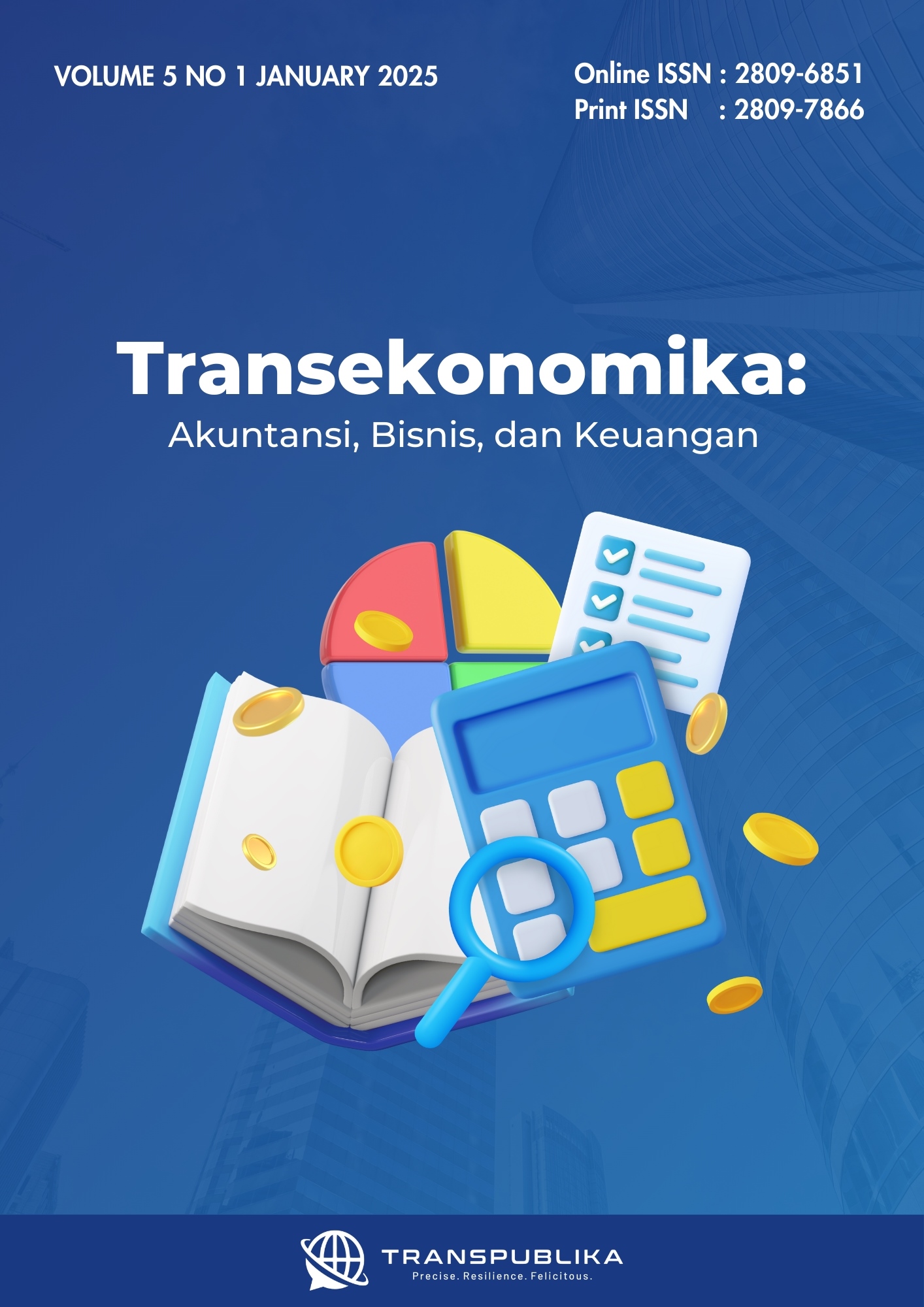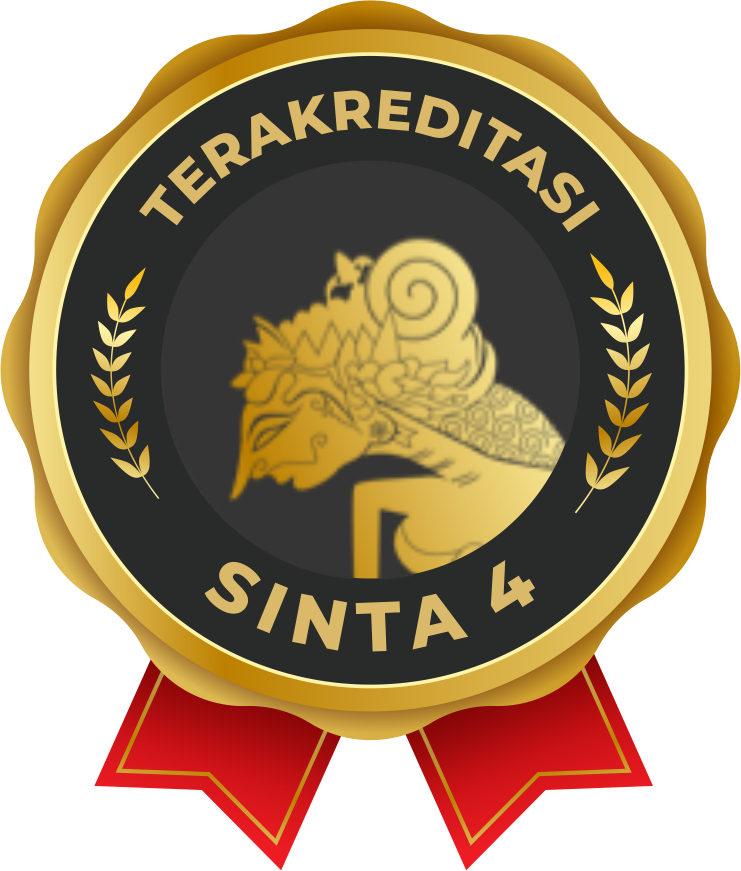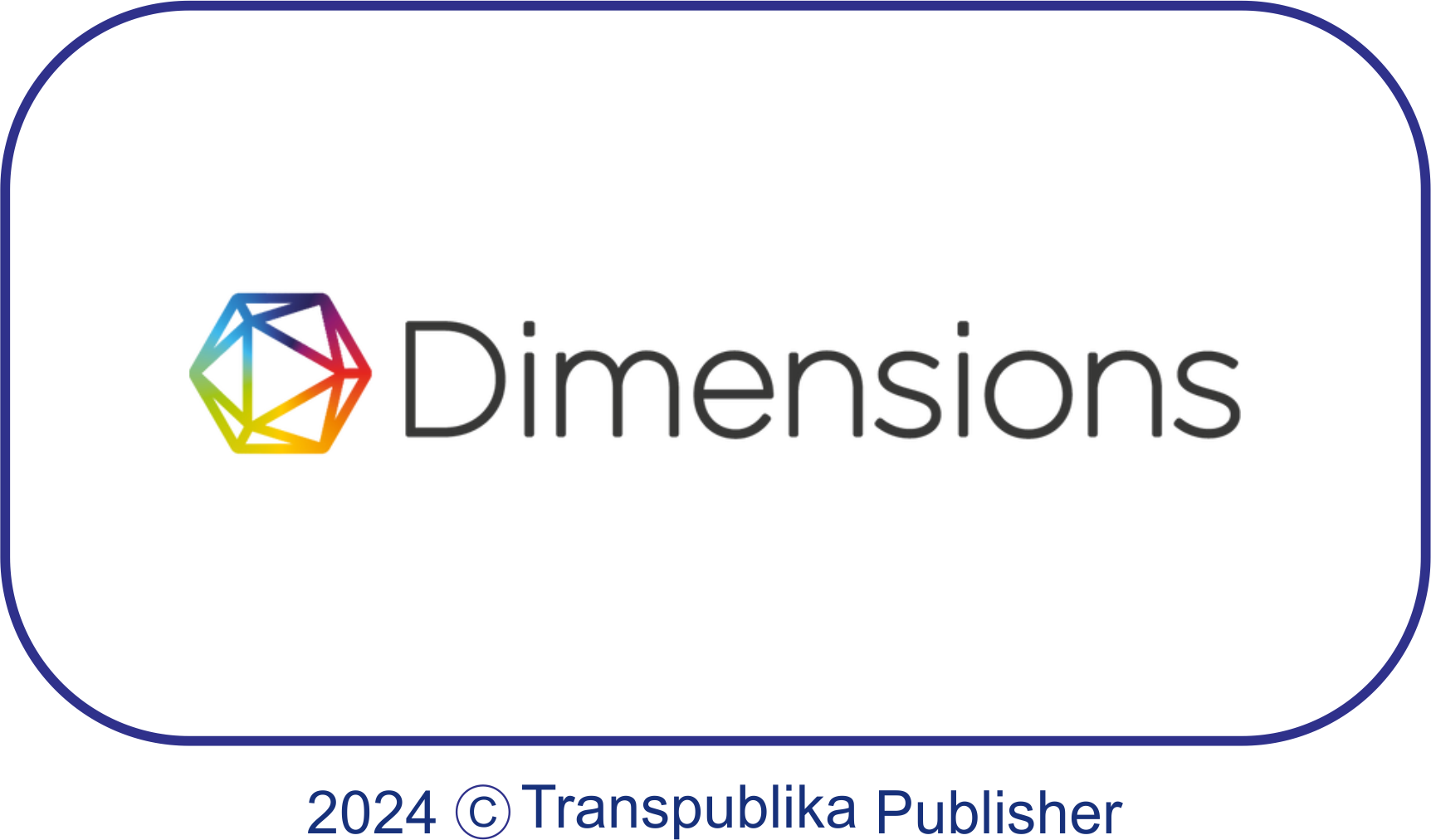Pengaruh Understaffing terhadap Stres Kerja Pegawai: Peran Dukungan Sosial sebagai Variabel Moderasi
Abstract
This study aims to analyze the effect of understaffing on employee work stress with the role of social support as a moderating variable. This study focuses on employees of PT XYZ, a company facing operational challenges due to labor shortages. The research method used was quantitative with an explanatory approach, involving 29 employees selected through purposive sampling. The analysis was conducted using Structural Equation Modeling - Partial Least Squares (SEM-PLS). The results showed that understaffing has a significant positive influence on job stress. In addition, social support was shown to positively moderate the relationship, which means that social support can weaken the negative impact of understaffing on job stress. These findings support the Job Demand-Resource (JD-R) theory and provide practical implications for management to improve employee well-being through social support programs. This study also makes a theoretical contribution in understanding the role of work resources in managing high job demands.
Downloads
References
Andel, S. A., Tedone, A. M., Shen, W., & Arvan, M. L. (2021). Safety implications of different forms of understaffing among nurses during the COVID‐19 pandemic. Journal of Advanced Nursing, 78, 121–130. https://doi.org/10.1111/jan.14952
Bakker, A. B., & Demerouti, E. (2007). The job demands‐resources model: State of the art. Journal of Managerial Psychology, 22(3), 309–328.
Bakker, A. B., & Demerouti, E. (2017). Job demands–resources theory: Taking stock and looking forward. Journal of Occupational Health Psychology, 22(3), 273.
Bakker, A. B., Demerouti, E., & Sanz-Vergel, A. (2023). Job demands–resources theory: Ten years later. Annual Review of Organizational Psychology and Organizational Behavior, 10, 25–53.
Bolger, N., DeLongis, A., Kessler, R., & Schilling, E. (1989). Effects of daily stress on negative mood. Journal of Personality and Social Psychology, 57 5, 808–818. https://doi.org/10.1037/0022-3514.57.5.808
Cooper, D. R. (2014). (CS) Business Research Methods, 12th Edition - Donald R Cooper,.
Creswell, J. W. (2021). A concise introduction to mixed methods research. SAGE publications.
Dawans, B. von, Trueg, A., Kirschbaum, C., Fischbacher, U., & Heinrichs, M. (2018). Acute social and physical stress interact to influence social behavior: The role of social anxiety. PLoS ONE, 13. https://doi.org/10.1371/journal.pone.0204665
Glette, M., Aase, K., & Wiig, S. (2017). The Relationship between Understaffing of Nurses and Patient Safety in Hospitals—A Literature Review with Thematic Analysis. Open Journal of Nursing, 07, 1387–1429. https://doi.org/10.4236/OJN.2017.712100
Hair, J., Hollingsworth, C. L., Randolph, A. B., & Chong, A. Y. L. (2017). An updated and expanded assessment of PLS-SEM in information systems research. Industrial Management & Data Systems, 117(3), 442–458.
Hudson, C. K., & Shen, W. (2015). Understaffing. Organizational Psychology Review, 5, 244–263. https://doi.org/10.1177/2041386615576016
Hudson, C. K., & Shen, W. (2018). Consequences of Work Group Manpower and Expertise Understaffing: A Multilevel Approach. Journal of Occupational Health Psychology, 23, 85. https://doi.org/10.1037/ocp0000052
Ivancevich, J. M., & Ganster, D. C. (2014). Job stress: From theory to suggestion. Routledge.
Joiner, Therese., & Bartram, T. (2004). How empowerment and social support affect Australian nurses’ work stressors. Australian Health Review : A Publication of the Australian Hospital Association, 28 1, 56–64. https://doi.org/10.1071/AH040056
Karasek, R., & Bryant, P. C. (2012). Signaling Theory: Past, Present, and Future. Academy of Strategic Management Journal, 11, 91. https://consensus.app/papers/signaling-theory-past-present-future-karasek/99aa65e7af7f5eba9d7e6f55241c924c/
Lazarus, R. S., & Folkman, S. (1986). Cognitive theories of stress and the issue of circularity. In Dynamics of stress: Physiological, psychological and social perspectives (pp. 63–80). Springer.
Metcalf, A. Y., Wang, Y., & Habermann, M. (2018). Hospital unit understaffing and missed treatments: primary evidence. Management Decision, 56, 2273–2286. https://doi.org/10.1108/MD-09-2017-0908
Peutere, L., Pentti, J., Ropponen, A., Kivimäki, M., Härmä, M., Krutova, O., Ervasti, J., Koskinen, A., & Virtanen, M. (2022). Hospital nurse understaffing and short work experience: associations with mortality among patients. The European Journal of Public Health, 32. https://doi.org/10.1093/eurpub/ckac129.179
Twigg, D., Gelder, L., & Myers, H. (2015). The impact of understaffed shifts on nurse-sensitive outcomes. Journal of Advanced Nursing, 71 7, 1564–1572. https://doi.org/10.1111/jan.12616
Weigl, M., Schmuck, F., Heiden, B., Angerer, P., & Müller, A. (2019). Associations of understaffing and cardiovascular health of hospital care providers: A multi-source study. International Journal of Nursing Studies, 99, 103390. https://doi.org/10.1016/J.IJNURSTU.2019.103390
Yoe, J. T. (1988). The effects of workload and understaffing on staff in an educational service setting. Journal of Environmental Psychology, 8, 107–121. https://doi.org/10.1016/S0272-4944(88)80002-1
Copyright (c) 2025 Fitria Dwi Kurniawati

This work is licensed under a Creative Commons Attribution 4.0 International License.








.png)







.png)


.png)

.png)















